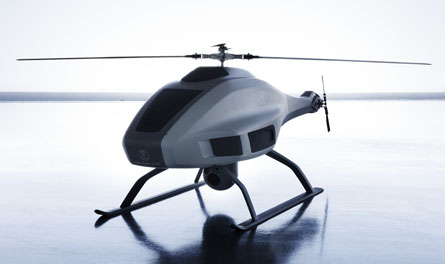Saab has delayed efforts to sell its Skeldar vertical take-off and landing unmanned air vehicle to the United Nations for possible use in its Darfur peacekeeping mission in Chad, citing the need to conduct further development work on the type.
An extensively modified CybAero Apid 55 unmanned helicopter, Saab’s Skeldar V-150 is currently involved in a flight test campaign to assess the success of design changes intended to enhance its operational performance.
 |
|---|
© Saab |
“We are still finding things and addressing them,” says Anders Carp, Saab’s director of UAV activities, who adds that the company continues to look for a new heavy fuel engine to power the type, and also wants to replace its current rotorhead as part of a package of further improvements.
Confirming that the company has decided to stall planned negotiations with the UN until further flight trials have been conducted in the latter part of this year, Carp says: “We want the product to be ready before we launch to a customer.” Deliveries could, however, be made within nine or 10 months of a contract award, he says.
Saab is promoting the Skeldar with a range of payload options, including a turret-housed electro-optical/infrared payload, Selex PicoSAR synthetic aperture radar or Saab Avitronics’ ESP electronic support measures sensor suite. Possible missions for the 200kg (440lb) design could include battle damage assessment and improvised explosive device detection tasks for military operators, or rapid response force tasks such as surveillance, ground mapping and communications relay.
Europe’s Neuron unmanned combat air vehicle demonstrator programme meanwhile remains “more or less on schedule”, says Carp, with manufacturing activities to start around November and the aircraft to make its first flight in mid-2011 from France’s Istres flight test centre. “It’s a fairly smooth ride so far,” he says.
Source: FlightGlobal.com























